Gourds, pattypan squash, pumpkins, and squashes… so easy to grow, yet so hard to tell apart! Now’s the time to put the right name in the right place!
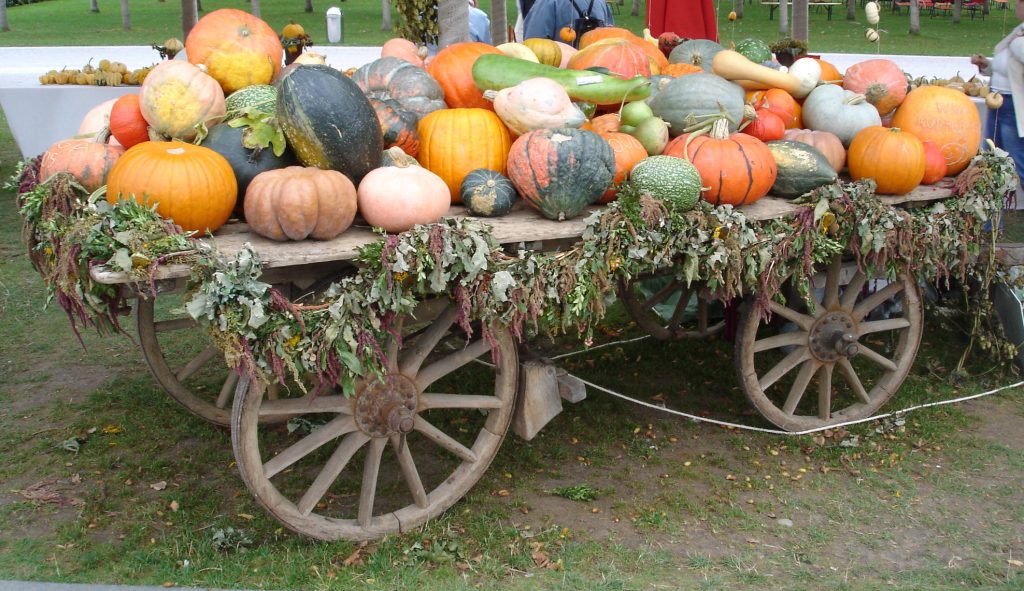
The large squash family holds more than one surprise. Beyond the classic Halloween pumpkin, you’ll find fruits with blue skin, others with humped shapes, and even some shaped like flying saucers. Some have skin so tough they can be turned into utensils or birdhouses.
If a Pumpkin Can…
There are several myths surrounding squash. The first is that they take so long to grow that they can’t produce fruit in a northern climate. This is absolutely false! Just think of the massive pumpkin harvests and the many farms that specialize in them. By choosing the right varieties, the Quebec growing season is long enough to produce almost any type of squash, pattypan squash, or pumpkin you dream of growing.
A second myth is that some squashes are so bizarre in color and shape that they must be the result of strange experiments by a mad scientist. Another blatant lie! These delightful oddities need no toad-wart potion to become what they are. They grow just like any other squash, and their seeds are just as easy to find in seed catalogs. In fact, some of my favorite squashes—like the ‘Blue Hubbard,’ the ‘Pink Banana,’ and the ‘Turkish Turban’—are among the strangest-looking of all.
Is It Really a Pumpkin?
All over the world, people dare to call any strange fruit a pumpkin or a pattypan squash. To play it safe, others simply call them decorative gourds. In fact, the word “squash” is the safest to use, since it includes all fruits of the genus Cucurbita. But when it comes to pumpkins and pattypan squashes… you’d better know exactly what you’re talking about!
Squash Win by Majority
Most ornamental fruits belong to the squash group and are part of the species Cucurbita maxima. This group includes Turkish Turbans, often called giraumons. Also within the squash group are the many variants of Hubbard squash, often bluish in color and covered with warts. Where things get confusing is that some squashes look very much like pumpkins. The famous giant pumpkins (‘Atlantic Giant’) are, in fact, squashes.
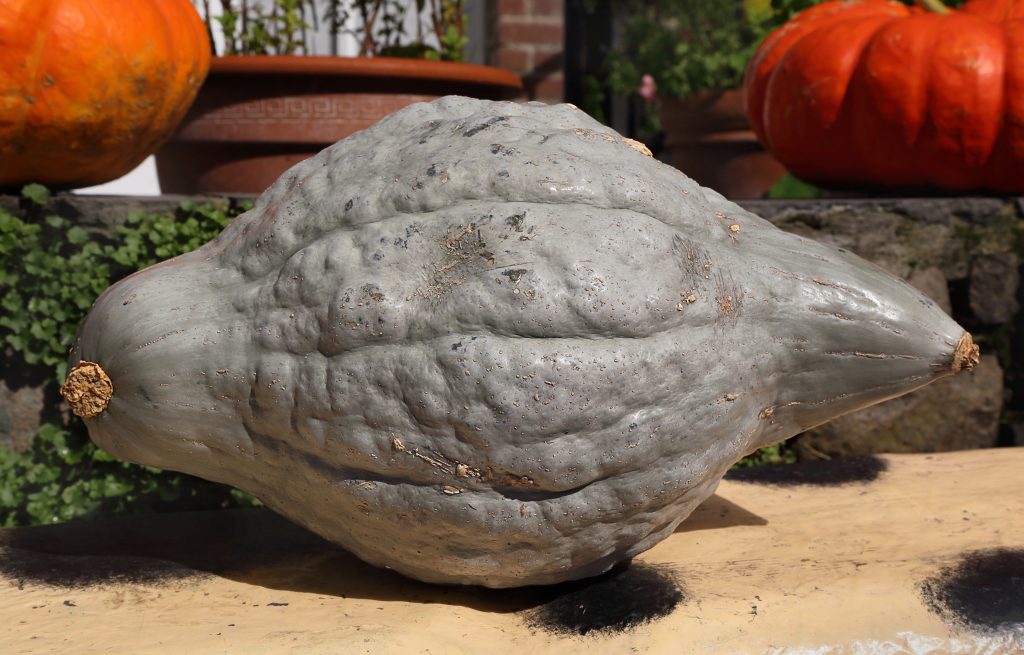
Squash From Space
As soon as the fruits take on a flying-saucer shape, we’re talking about pattypan squash, also known as voter’s caps. It’s important to know that these squashes belong to the same group as pumpkins (Cucurbita pepo), along with zucchini, spaghetti squash, and acorn squash.
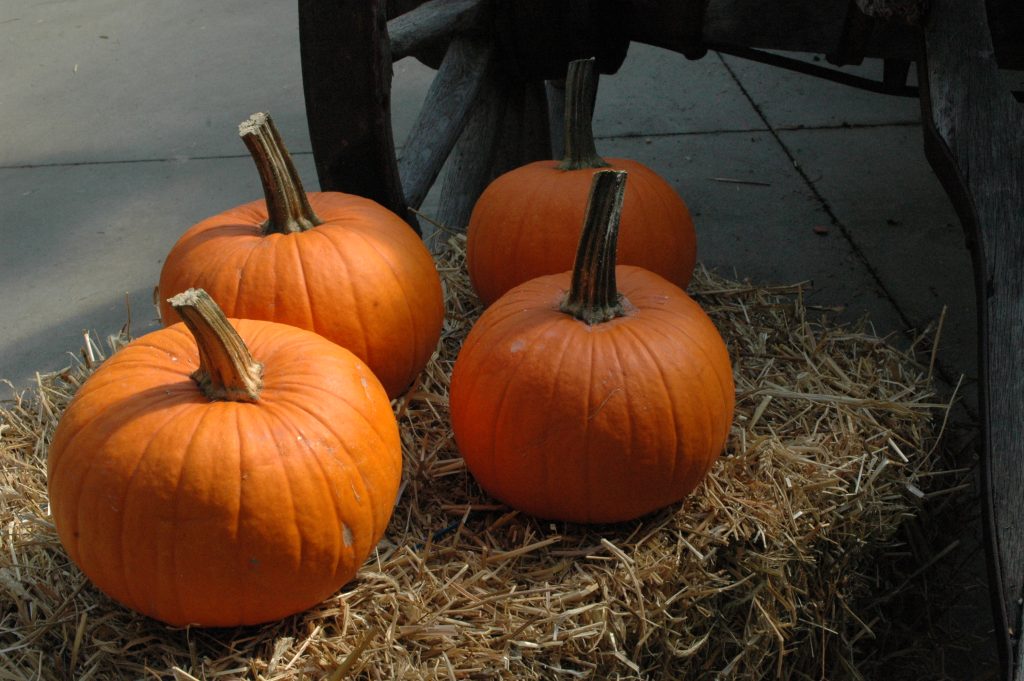
Pattypan squash are best eaten when they’re no larger than the palm of your hand. At that stage, they can be eaten whole, as the flesh is still tender. If you let them grow larger, their skin will harden, though their colors will become more ornamental. Zucchini, too, are best enjoyed when they’re still small.
Hard as Wood, It’s a Gourd
Gourds are squashes with skin so tough they can be dried. They’re easy to recognize by touch and weight, as their flesh isn’t juicy like that of other squashes. They also belong to a different genus: Lagenaria. The foliage is somewhat similar to that of melons, and gourd flowers are usually white. Gourds are often used to make spoons, bowls, or bird feeders.
To dry a gourd, hang it—pierced or not—in a dark, dry place, making sure they don’t touch each other. It’s normal for spots to appear on the skin and even for a bit of mold to develop temporarily. A dried gourd will never have a perfectly even color. After about two months, it’s ready to be processed.
A Good Start in Life
To ensure good fruit production during the summer and fall, it is wise to start by sowing them indoors, about a month before the last spring frost date. They are sown in small individual pots and the first cotyledons appear after 6 to 14 days. Until transplanting, water regularly, allowing the soil to dry slightly on the surface. Squash like heat and sun.
They Eat Compost, Literally!
Whether decorative or not, squashes like to be planted in soil richly amended with compost. In fact, there’s nothing they enjoy more than having both feet in it—which is why you can even plant them right on the edge of the compost pile. They grow so vigorously there that they’ll often block the path of any gardener trying to reach their supply of black gold (a.k.a. compost)! Just keep in mind that most squashes need plenty of room: the foliage of a single plant can spread up to two meters across.
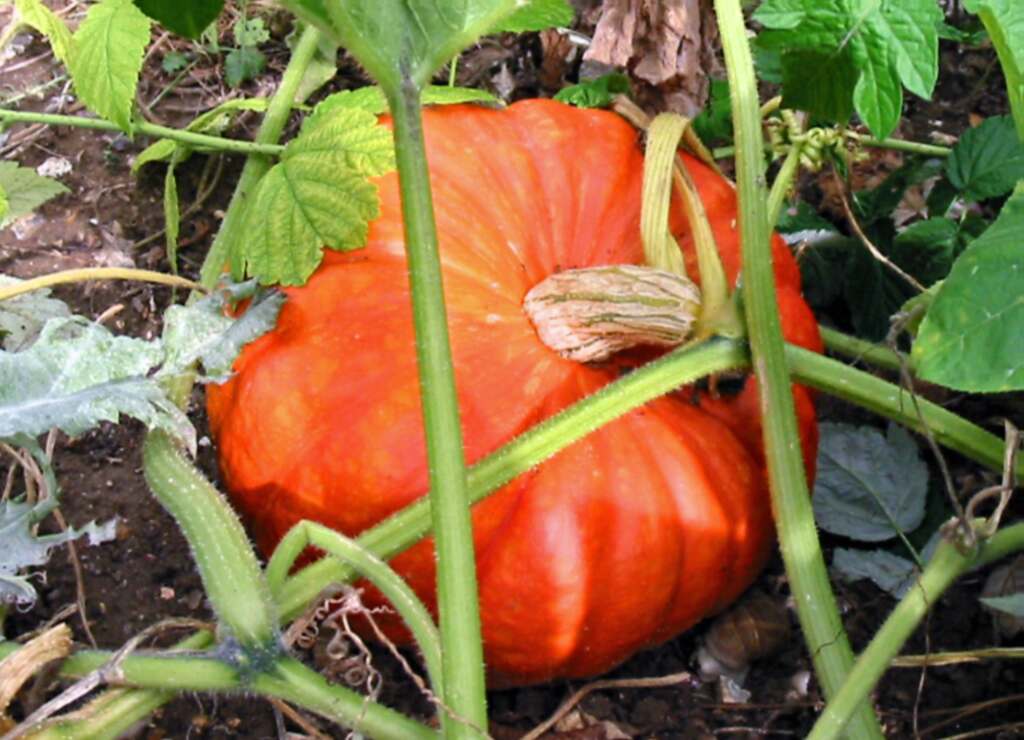
From Flower to Fruit
After transplanting, it’s best to pinch back the tip of the young plant, leaving only two to four true leaves. This encourages branching and helps female flowers—the ones that bear the fruit—appear more quickly. Most squashes are monoecious, meaning they produce separate male and female flowers on the same plant. To ensure fertilization, they depend on pollinating insects.
Pumpkins and other decorative squashes aren’t just gardening curiosities. As colorful as they may be, they’re all edible—except for gourds, which are primarily decorative or utilitarian. Squash are most often enjoyed roasted or in soups, and some varieties stand out for their delicate flavor. The seeds, like pumpkin seeds, are also edible. So here’s an invitation to discover these unusual fruits and combine the useful with the delightfully strange!
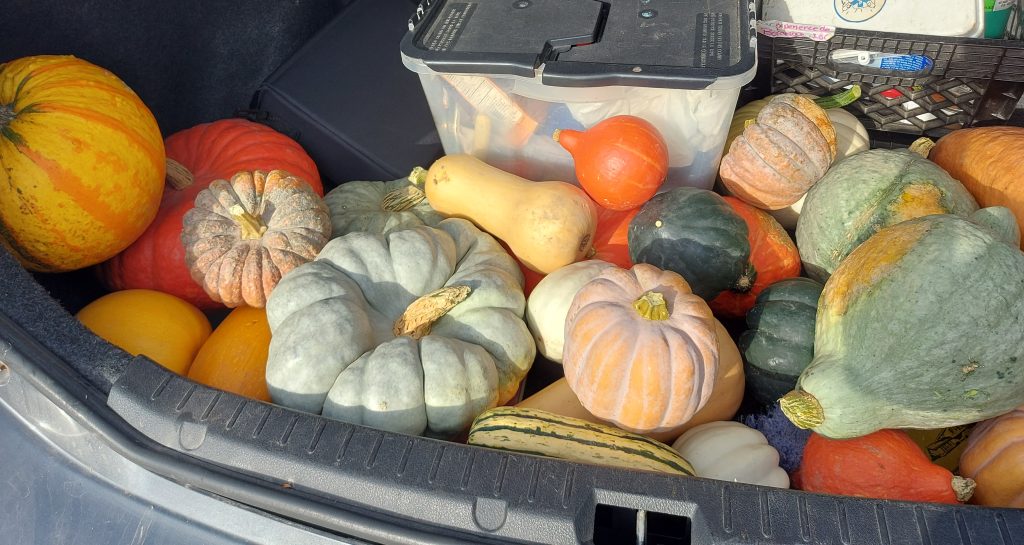
Thanks for the info. Would loofah be considered a squash? I. Think it taste like zucchini in its early stages.
A trip to our local pumpkin (squash) farm filled our trunk with much the same rainbow of varieties. Looking forward to cooking up some squash soup and squash for Thanksgiving dinner.